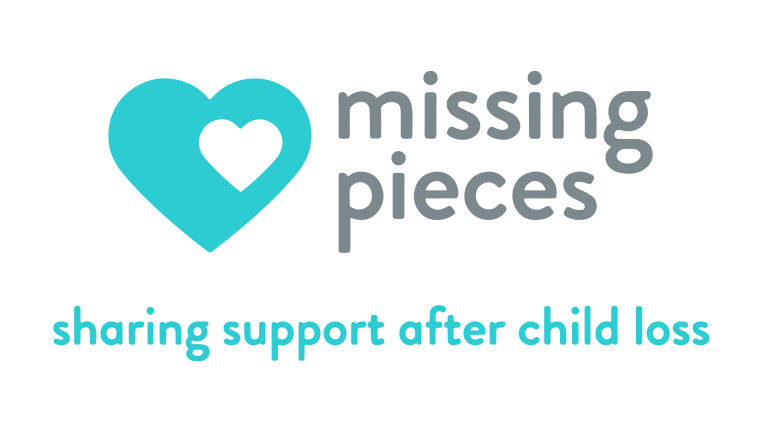
Legacy Building & Memory Making
Rituals and memory making activities let parents and siblings share in the legacy of a child after their death. Specific memory making activities can help you and your family tell your story, express feelings and document your relationship with your child.
Continuing Bonds
The bond between parent and child is not broken by the death. Many parents say that finding meaningful ways to stay connected with their child can be an important part of healing, as they find great comfort in feeling their child’s presence. What is meaningful to you might be different from what is meaningful to your partner, your other children, grandparents, or other family and friends. You might find ways to remember your child that are very private and personal; you might find that making sure your child is remembered by others is important. You will find the right way to remember your child and keep their legacy alive.
Creating a Child’s Legacy
The death of a child can be one of the most devastating experiences for a family, but often overlooked or minimized is the impact on the siblings. When a child dies, they are not gone from their siblings’ lives. Families are encouraged to explore ways to recognize and acknowledge the child’s life.
Telling Their Story & Creating Rituals
You might feel the need to tell the story of your child’s life, illness or death. Many families find power and healing through storytelling, as they share memories, teach others about their child who might not have known them, and share their hopes, dreams and wishes they had for their child. You will find the people in your life who can tolerate your need to tell your story and who can listen with compassion.
The practice of storytelling is one ritual that can help build your child’s legacy; writing down, recording or collecting your memories will keep away any fear that your child might be forgotten. Families find different ways to celebrate the life of their child and honor their legacy.
Here are some suggestions of rituals and traditions that families have found helpful in keeping their child’s memory alive and expressing their grief:
Keepsake box with personal belongings or album for pictures, hospital bracelets and records, footprints, hand prints, sympathy cards, and mementos
Lighting a candle on special dates to acknowledge your child’s presence or simply every mealtime or at bedtime
Doing your child’s favorite things: preparing a favorite food, visiting a favorite location, doing their favorite activity as a family, etc.
Planting a tree or garden, creating stepping stones or a bench
Releasing butterflies, sky lanterns or balloons
Designing a quilt from special clothes, favorite t-shirts and/or baby blankets
Creating a scrapbook of photos or a playlist of favorite songs
Purchasing special jewelry that represents the child- a locket with their picture, monogram jewelry with their name or initial, thump print jewelry
Volunteering, participating in walks/runs, fundraising, supporting research or a special cause in your child’s name
Donating toys or books in your child's name
Journaling, letters or poems, drawing, painting or any form of creative arts
Finding a special place (at home, a gravesite, etc.) to place flowers or meaningful objects
Finding ways to celebrate your child’s birthday/anniversary every year
Personalizing tee shirts with your child’s picture
Getting a tattoo in memory of your child
